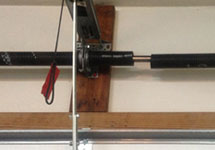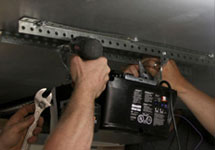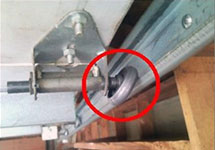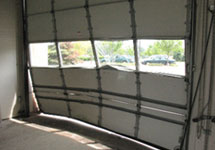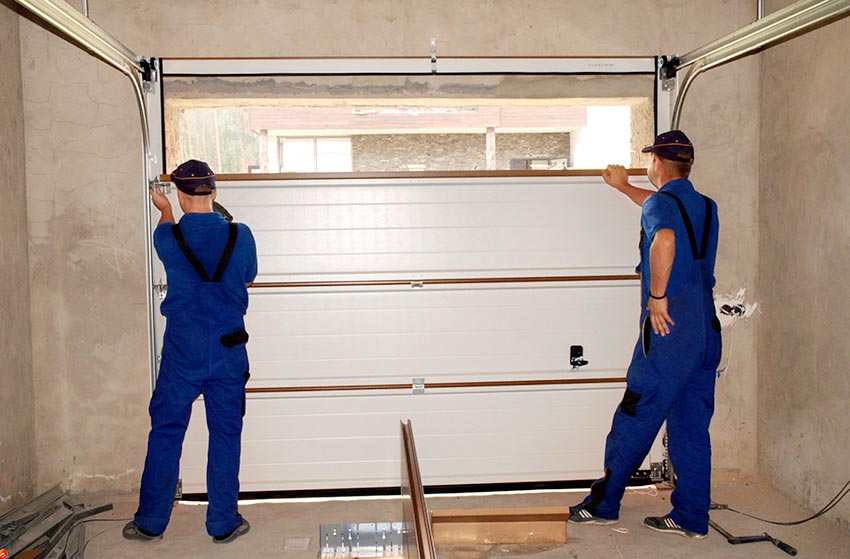The Door Company (TDC), California’s garage door and gate installation and repair specialists, wants customers to know that regular garage door maintenance can help home and business owners avoid costly and inconvenient garage door failures.
Garage door springs
“While the physical sections of the garage door can last twenty year, the mechanical springs have a typical life cycle of just 3-4 years maximum,” said TDC President, Mark Stuenkel. “Unless there is damage to the door, the other hardware can last as long as the external door sections with regular maintenance.”
Mark suggests that if the door appears to be struggling to open, check above the door to see if there is a broken spring (there will be a noticeable gap in the spring). If so, call a service technician immediately to avoid damaging the opener by pulling the door up and trying to hold the excess weight when closing. “If the springs are damaged, they should only be changed by experienced technicians,” said Mark.
Broken garage door motor
The most common reason than an automatic garage door opener will malfunction is motor failure. The automatic opener must have both a contact and non-contact beam (also known as “eyes” that stream across the bottom of the door). If the eyes are knocked out of alignment, the opener will only close the door when the button is held continuously.
Garage door manufacturers typically honor their warranties based on annual maintenance. “There is nothing more inconvenient than to be leaving for work or a trip and find your garage door has broken down,” said Mark. “We recommend having your door serviced and inspected every year.
Is the garage Door Not Closing?
Automatic garage doors are a huge convenience; since most people use their garages not only to park their cars but also to store tools, bicycles and other important gear, an open garage door can be a major issue. In many cases, the causes behind a malfunctioning garage door are easy to identify and possibly fix yourself. TDC offers this list of troubleshooting DIY suggestions:
1. Safety Sensor
The main component that prevents the door from closing is safety sensors so first make sure they are in line. If the sensors are misaligned or not functioning as they should, one should be blinking. Check the positioning of the sensors, especially the wiring. If this is tightened, then the sensors will become aligned again, and the garage door will close when activating press the remote.
Sometimes, the path between the sensors could be blocked. In this case, the homeowner needs to remove the obstacle between the sensors in order to ensure that the garage door closes.
Another reason for the sensors malfunctioning is “dirty eyes”. The sensors can become covered with dust or grime and be unable to detect the commands. Cleaning the sensors should alleviate this problem.
2. Warped Track
If the garage door only closes partially, this could be a sign that the track is warped. In a properly functioning garage door, the door is lowered or raised on a track. If this track is clogged, warped, or loose, the door will not close. Check the track by standing inside your garage and watching the sensors as the door comes to a halt. If the sensor light flickers, it means that the track is warped.
Examine the track for any loose fittings and tighten it until the door descends smoothly. Sometimes, the track might be slightly bent or misaligned at the place where the garage door stops closing. Many times, one can use a hammer and gently tap the track back into alignment.
3. Lubrication
A garage door that does not close properly may need to be lubricated. However, not all lubricants can be used on garage door motors. This is because grease attracts dust and grime and can clog the tracks or the motor making it more difficult for the garage door to close. The best material for lubricating your garage door to ensure that it closes properly is lithium grease available as an aerosol spray.
